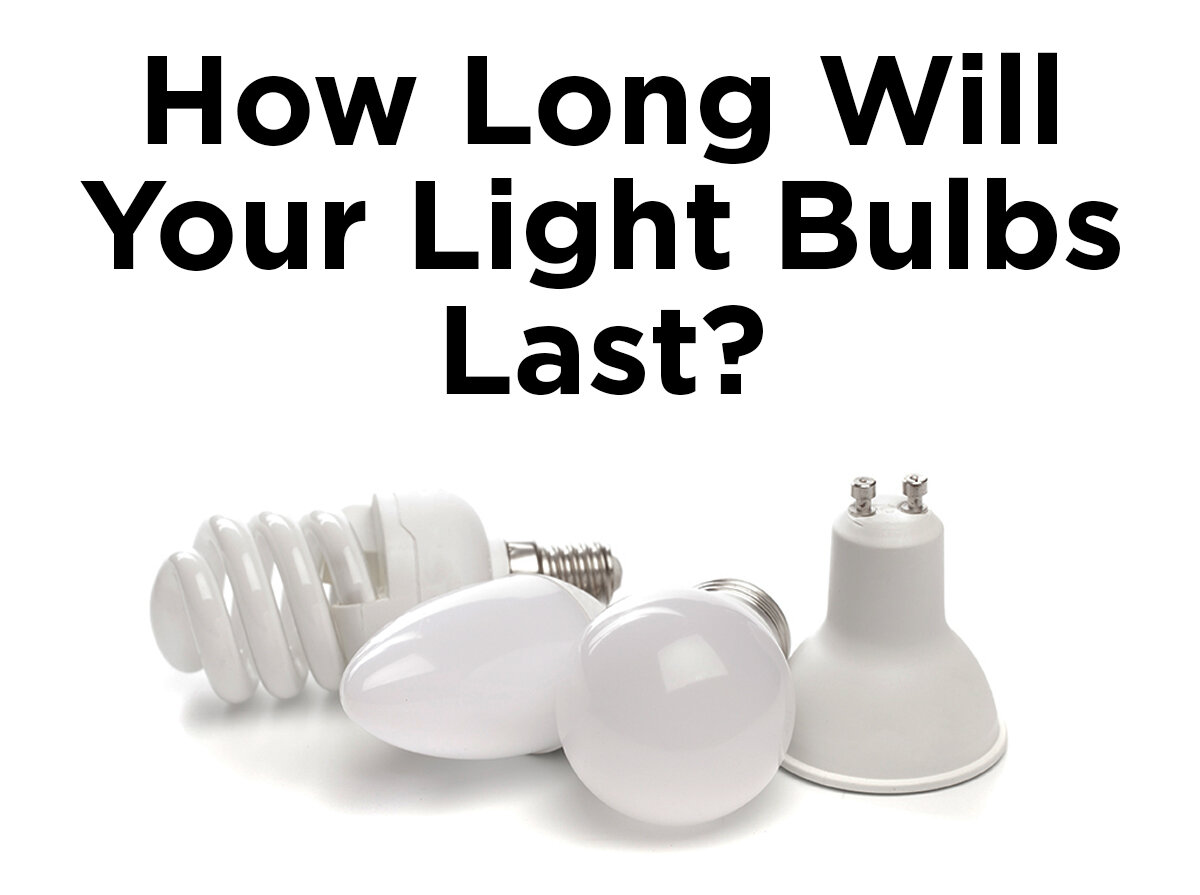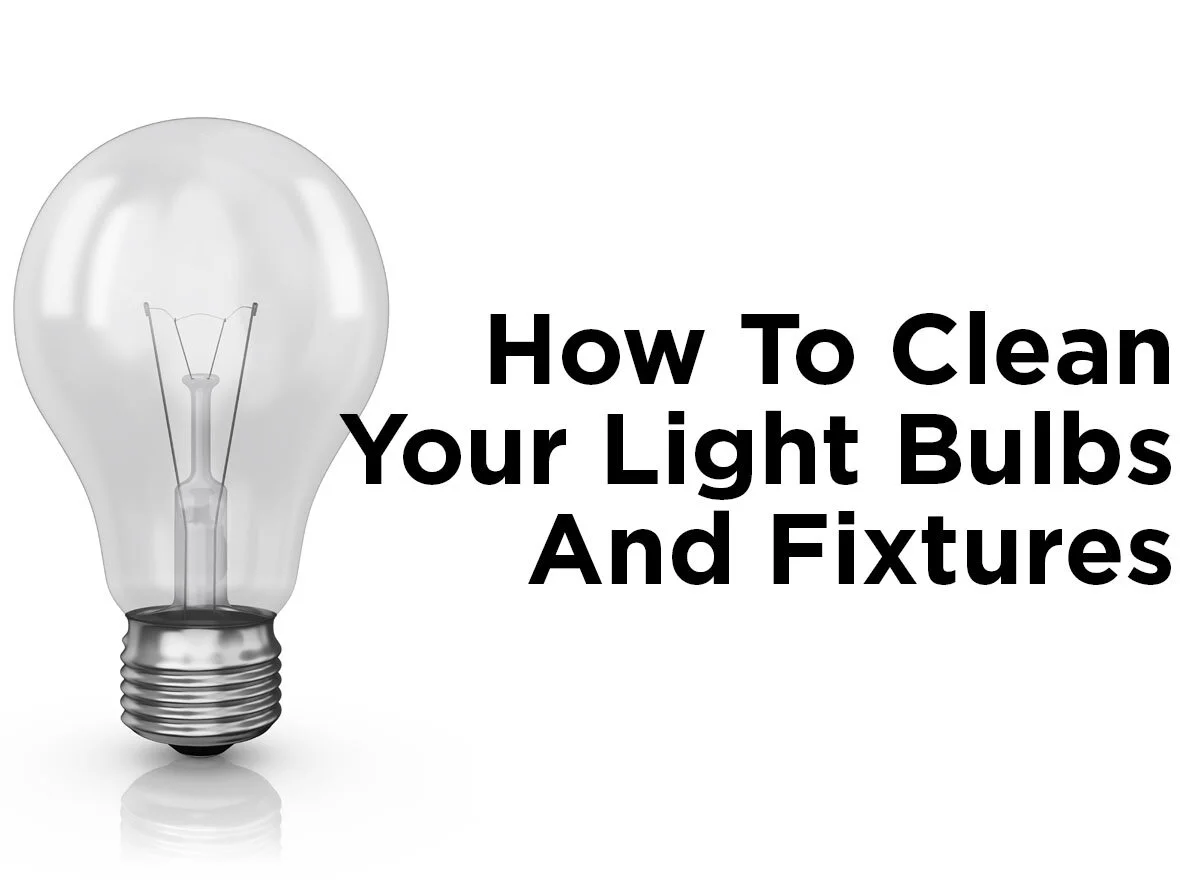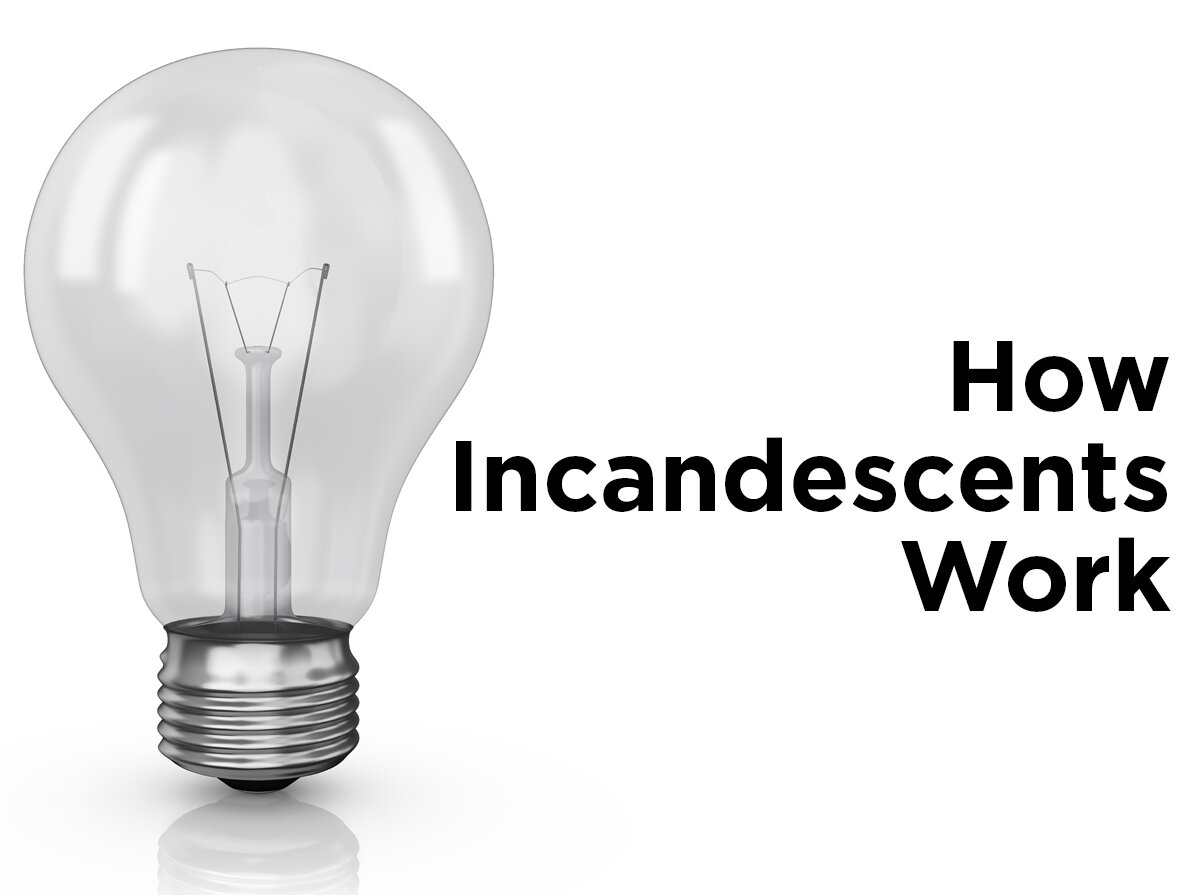How Long Will Your Light Bulbs Last?
The life hours of a light bulb can be a major factor when deciding whether or not you want to purchase a particular type of lighting. Life hours or life expectancy can be verified in different ways, depending on the bulb in question. Let’s take a closer look at how incandescents, fluorescent tubes, HIDs and LEDs establish their longevity based on different testing methods.
Incandescent Bulbs
According to Applied Illumination Engineering, “The rated life of incandescent lamps is the point at which 50% of an infinitely large group of lamps will have failed.” For example, say you have a sample of 100 of the same type of incandescent light bulbs. When the 50th bulb blows, this would determine the rate of life for that particular incandescent. Compared to other sources of light, incandescent bulbs have a much shorter life expectancy, with an average of 1200 hours.
Fluorescent Tubes
Testing for fluorescent tubes is somewhat different than incandescents. While the rated life for fluorescent lamps is at the point that 50% of a mass amount of lights have failed and the continuing bulbs are still burning, there are other factors to consider, specifically: burn time, emission paste, and ballast type.
Burn Time: The life of a fluorescent is based on lights being on for 3 full hours, then off for 20 minutes, and finally on again for another 3 hours. In a large batch of fluorescents, say 100, when the 50th bulb burns out calculate the 3 hour periods of time and a typical F32T8 fluorescent tube lasts 30,000 hours. But, it the burn time for this same type of lamp is increased from 3 to 12 hours, the lamp will last longer, closer to 36,000 hours. This is because when fluorescents burn more consistently for longer periods of time less emission paste is lost, allowing for a longer life. But what exactly is emission paste?
Emission Paste: Located at both ends of the fluorescent tube you’ll find a cathode covered with white emission paste or emissive materials. It should be noted that a cathode looks similar to the filament found on an incandescent bulb. Each time you turn on a fluorescent tube, emission paste begins to fly off the cathode. Once the emission paste has been depleted from the cathode, this signifies the end of life and the tube burns out. Because of this the longer the tube is left on, the less emission paste darts off and the longer the tube lasts.
Ballast Type: In order for fluorescent tubbing to operate, they require ballast. Ballasts produce the electricity needed to start fluorescent tubes. There are several different ballasts to choose from which start and operate fluorescent tubes in different ways. For example, instant start ballasts use less electricity during operation but start the lamp with a high voltage jolt of electricity. This massive jolt of electricity causes a large amount of emission paste to fly off the cathodes, causing a tube rated for 30,000 hours to last only 24,000 hours, a 20% life reduction.
Rapid start ballasts use more electricity in operation but provides a softer start first briefly warming the cathodes before the fluorescent tube turns on. Consequently, less emission paste flees the cathodes and the tube lasts the rated 30,000 hours. Program rapid start ballasts provide an even softer start by first sensing how warm the cathodes are and supplying just enough electricity to turn the tube on. (The cathodes in a tube that was just turned off will be warmer than the cathodes in a tube that’s been turned off for a day.) Because of its less intrusive approach to starting up the tube, very little emission paste is lost resulting in a longer life than the 30,000 hours listed.
HIDs
High Intensity Discharge (HID) lamps come in a variety of types, but the primary ones in use today include probe start metal halide, pulse start metal halide, and high pressure sodium. The metal halide types start out with an abundance of light, but decrease over a period of time. Therefore, metal halide life is defined as the point at which the light bulb is providing 60% of its initial light output. For example, for a common 400 watt metal halide light bulb that may be 20,000 hours. The light bulb’s operating position also affects life: they provide more light and last longer when they’re operated in vertical (up-and-down) positions. If the same 20,000 hour light bulb is operated in a horizontal (side-to-side) position, it will only last 15,000 hours.
High pressure sodium light bulbs are different. Their chemistry changes over time, so that a typical high pressure sodium light bulb begins turning off and on or “cycling” at 24,000 hours. When the light bulb begins cycling this means that the bulb has reached its life expectancy and needs to be changed.
LEDs
LEDs are tested for efficiency in several ways. LM-79 is one of the approved methods for testing that measures electrical power, efficacy, light distribution, light intensity, and chromaticity of LED-based products such as light bulbs and luminaires. It should be noted that light bulbs or luminaries can be different. A light bulb typically has a base of some sort and is considered a replaceable light source whereas a luminaire is a fixture, and with the light bulb inside. The words can often be used interchangeably.
Although LM-79 testing does not test the life of an LED, it does test for the initial efficacy or light output of LED luminaries and light bulbs. This form of initial efficacy testing sets the stage for the next form of LED analysis.
LM-80 testing measures the light output of the actual light emitting diodes (LED’s) which are built into LED light bulbs and luminaires. By testing the light output every 1,000 hours for 6,000 - 10,000 hours, you can determine how much light will be lost (or fade away) over time. By connecting the light output “dots” at 1,000 hours, 2,000 hours, 3,000 hours, etc. on a graph, a lumen maintenance “curve” can be drawn for the first 6,000 – 10,000 hours of the light emitting diode. The life of a light emitting diode or an LED-based light bulb or luminaire is usually defined as the point in time when the initial light output determined in LM-79 testing has decreased by 30% to 70% of its initial level. That point in time is called “L70 life.” The difficulty, however, is that most light emitting diodes and LED-based light bulbs and luminaires last 50,000 – 100,000 hours or more. Since LED lighting manufactures can’t wait 50,000 – 100,000 hours to determine the life of their product before bringing it to market (there are only 8,760 hours in a year!), they need a way to add more “dots” to the LM-80 lumen maintenance “curve” and determine when in the future their light emitting diode, LED-based light bulb, or luminaire will reach 70% of its initial light level (L70 life). The TM-21 testing method takes the information gathered in LM-80”dots” and extends that data into the future using complex mathematical evaluation and formulas.
Just as there’s more to a car than an engine, there’s more to an LED-based light bulb and luminaire than the light emitting diode. If the brakes on your car fail when you’re traveling 70 miles per hour, your car may not last much longer! In a similar manner, other parts of the LED-based light bulb and luminaire are very important and must be considered. If, for instance, the capacitor built into the driver of an LED-based light bulb fails, that LED light bulb will stop working even though the actual light emitting diode still has much light to give.
While LM-79, LM-80, and TM-21 testing can provide a very good estimate of how long a light emitting diode will operate before it reaches L70 life (at 70% of its initial light output), the LED-based light bulb or luminaire as a whole (including the quality of its individual components) should be considered when estimating its life.
Although light bulb life expectancy isn’t completely cut and dry, understanding the different testing methods used to measure efficiency is vital. Whether you’re illuminating your home or office space, you should be aware of how long your bulbs will last. What have some of your experiences been with light bulb life hours? Feel free to shoot us a comment in the section below. As always you can drop us a line on Facebook, Twitter, Linked In or Pinterest!







